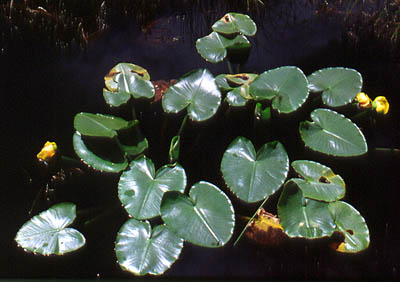The drive ro Prince Rupert was very beautiful - lots of lakes ponds with wonderful vistas.
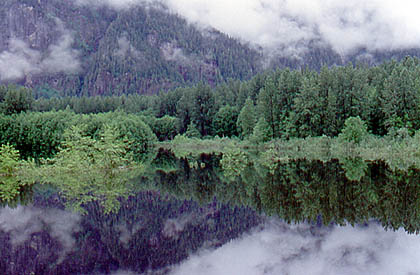
The only way to get to the islands is by ferry - an eight hour journey (the boat was not in a hurry!). The port where you disembark is very different from the mainland, none of the usual fast food places or other chain stores for instance. The town itself hugged the coast and the forest seemed to loom over the thin strip of cleared area. There were some interesting houses in the area as well - and intersting people living in them.
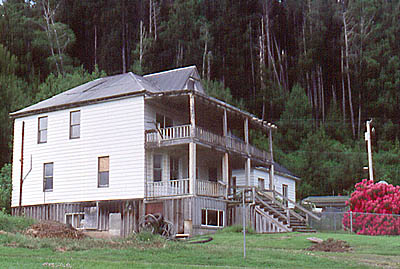
The islands had some magnificent forests. The southern islands still has most of its old growth but the northern island (Graham Island) has been logged over to a large extent. There is still some old growth forest left and we spent part of one afternoon on a trail in one of the patches that is left.
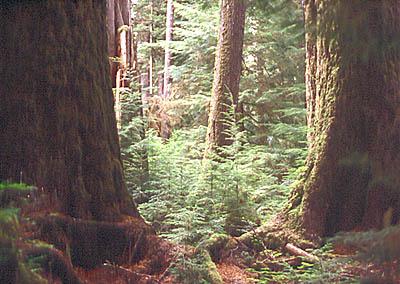
The rest of the island has or will be logged at some stage. Newly logged areas are not a pretty sight. The loggers cut everyting, not a single tree is left standing. The useful lumber is then extracted and the rest (old trees, branches, etc) are piled up near the edge of the logging road. This helps clear the area of excess wood and makes planting of new sapplings easier.

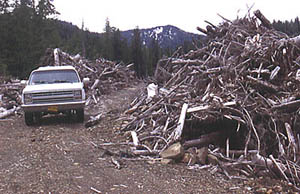
Of course when you spend some time in such areas you occasionally come across a giant that has been cut. The stump that I am standing on must have been from a tree that had little worth - the inside was largely hollow must have rotted away years ago. It still, never-the-less, must have been a very big tree as the trunk was about 3 meters in diameter. In areas logged some time ago the loggers we not so careful about taking all of the logs away and cleaning up after themselves. Each ring on the tree below was about 0.5 of a millimeter - and so this tree below (woth the shotgun leaning against it) was well over 1000 years old.
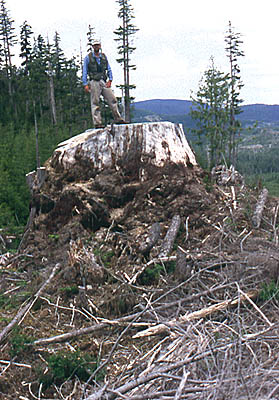
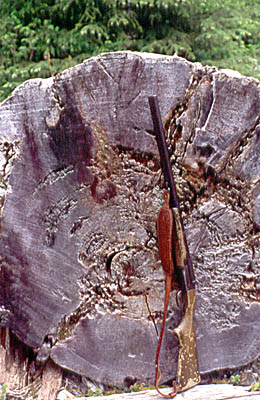
An example of the planted saplings. All of the saplings we saw were red cedar saplings, a tree that is indiginous to the area and highly valued for its wood. The plastic covers offer protection from the introduced deer that find this tree delicous.
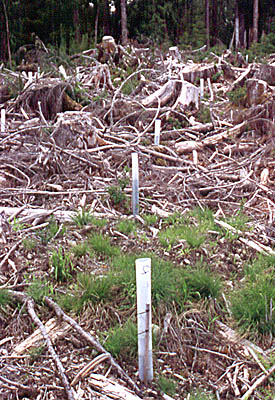

The wide variety of age in second growth forest provided abundant habitat for a lot of birds species. This is a male Blue Grouse that we found calling in an old second growth area (about 40 years old). It was quite tame and allowed me to get quite close to take its picture.

Below are some other photos of fungi and some water lillies we found on the island.

